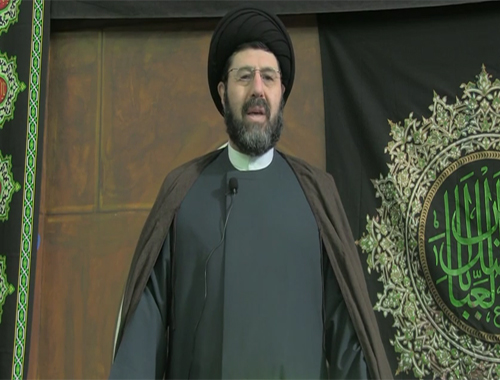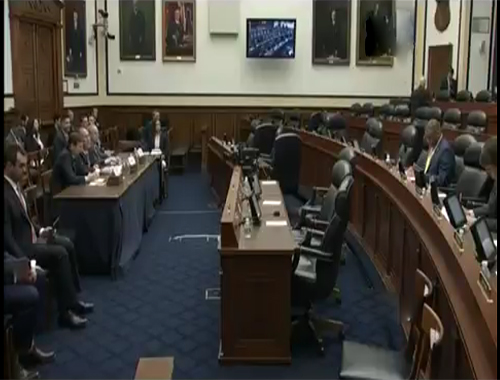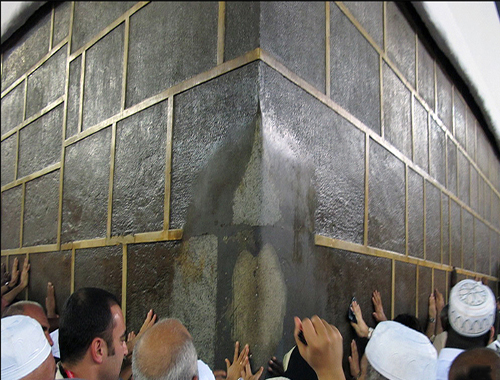NisÄb of Three types of Quadrupeds
- Details
- Hits: 5763
NisÄb of Three types of Quadrupeds
1. Five types of NisÄbs apply to Sheep/goats
First NisÄb is forty. From every forty animals one is to be given away as Zakat. No Zakat is payable if Sheep/goats are less than forty in number.
Second NisÄb is one hundred and twenty-one. If one has 121 Sheep or goats he has to give two of them in Zakat.
Third NisÄb is 201 animals. Zakat payable on them is Three sheep/goats.
Fourth NisÄb is 301 sheep/goats. Zakat payable is four animals.
Fifth NisÄb is four hundred sheep/goat or more than this. In this case one part of hundred is payable. In other words from every hundred sheep/goat one is to be given as Zakat.
2. Two NisÄbs of Cows
The first NisÄb is thirty. The Zakat for this is a calf which has entered the 2nd year of its life. There is no Zakat if one has less than thirty cows.
The second NisÄb is forty and its Zakat is a female calf which has entered the 3rd year of its life. For example, if a person has 39 Cows, he should pay Zakat on 30 Cows only. Furthermore, if he possesses more than 40 Cows but their number does not reach 60, he should pay Zakat on 40 cows only. And when their number reaches 60 which is twice as much as the first NisÄb (taxable limit), he should give as Zakat 2 calves, which have entered the 2nd year of their life. And similarly, as the number of the cows increases, he should calculate either in thirties or in forties, or from 30 and 40 and not at the rate of multiple of thirty cows as that would have a remainder of 10 cows.
3. Minimum Taxable Limit of Camels
Camels have 12 taxable limits:
(i) 5 camels, the Zakat is one sheep. As long as the number of camels does not reach five, no Zakat is payable on them.
(ii) 10 camels, the Zakat is 2 sheep.
(iii) 15 camels, the Zakat is 3 sheep.
(iv) 20 camels, the Zakat is 4 sheep.
(v) 25 camels, the Zakat is 5 sheep.
(vi) 26 camels, the Zakat is a camel which has entered the 2nd year of its life.
(vii) 36 camels, the Zakat is a camel which has entered the 3rd year of its life.
(viii) 46 camels, the Zakat is a camel which has entered the 4th year of its life.
(ix) 61 camels, the Zakat is a camel which has entered the 5th year of its life.
(x) 76 camels, the Zakat is 2 camels which has entered the 3rd year of their life.
(xi) 91 camels, the Zakat is 2 camels which has entered the 4th year of their life.
(xii) 121 camels and above. In this case, the person concerned should either calculate the camels in groups of 40 each, and give for each set of forty camels, a camel, which has entered the third year of its life; or calculate them in groups of 50 each and give as Zakat, for every 50 camels, a camel which has entered the 4th year of its life, or he may calculate them in the groups of forty and fifty. However, in every case he should calculate in such a way that there should be no balance and even if there is a balance, it should not exceed nine. For example, if he has 140 camels he should give for 100 camels, two such camels as have entered the fourth year of their life and for the remaining forty camels, he should pay one camel which has entered the third year of its life. And the camel to be give in Zakat should be female.











